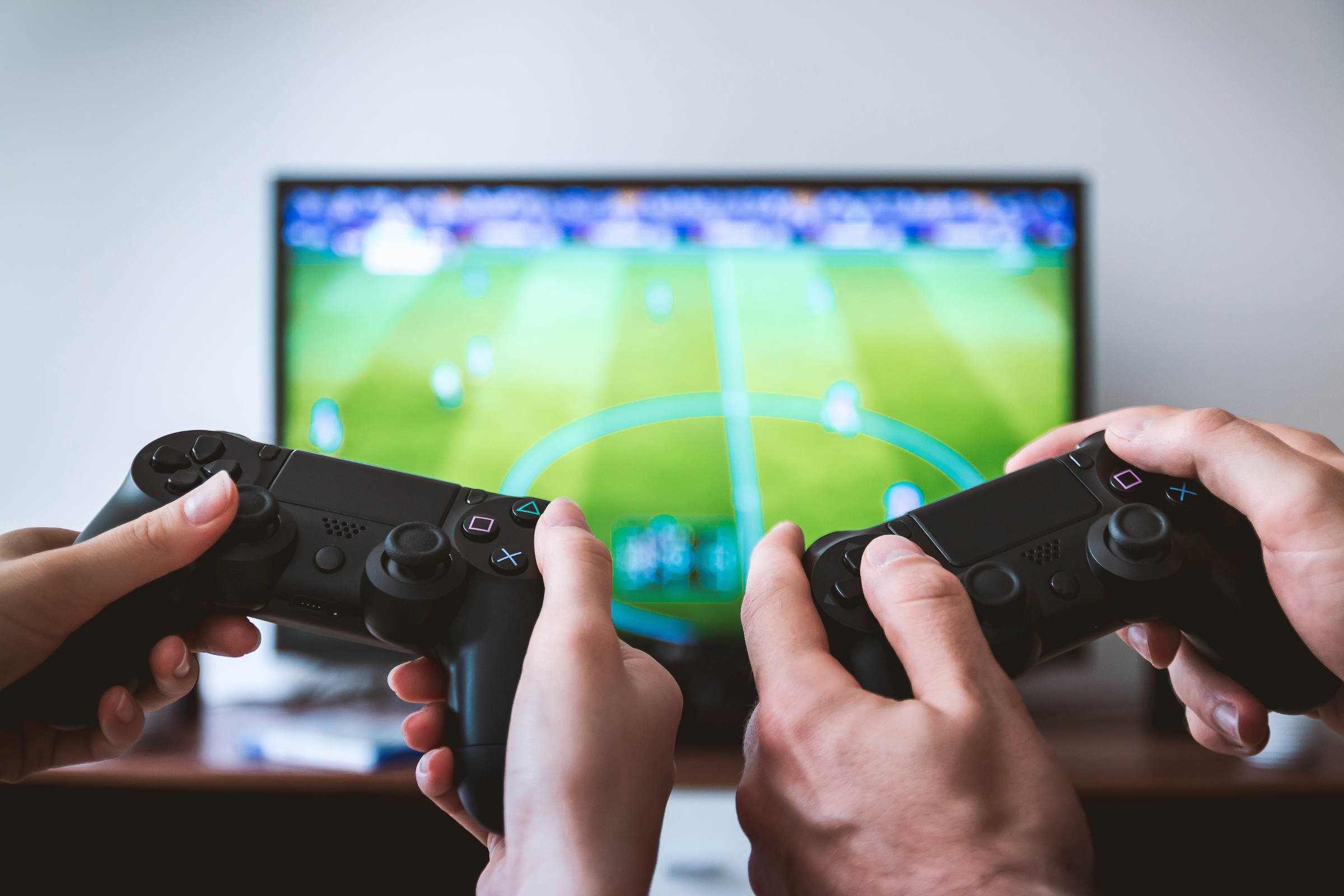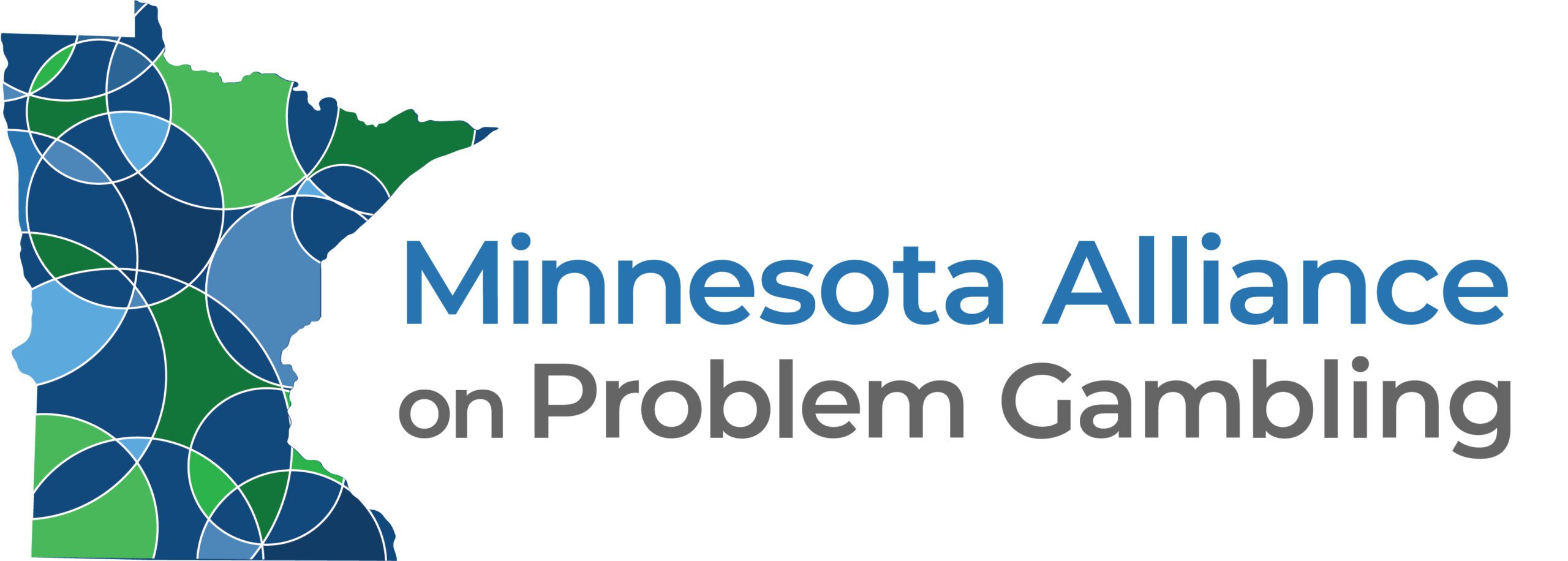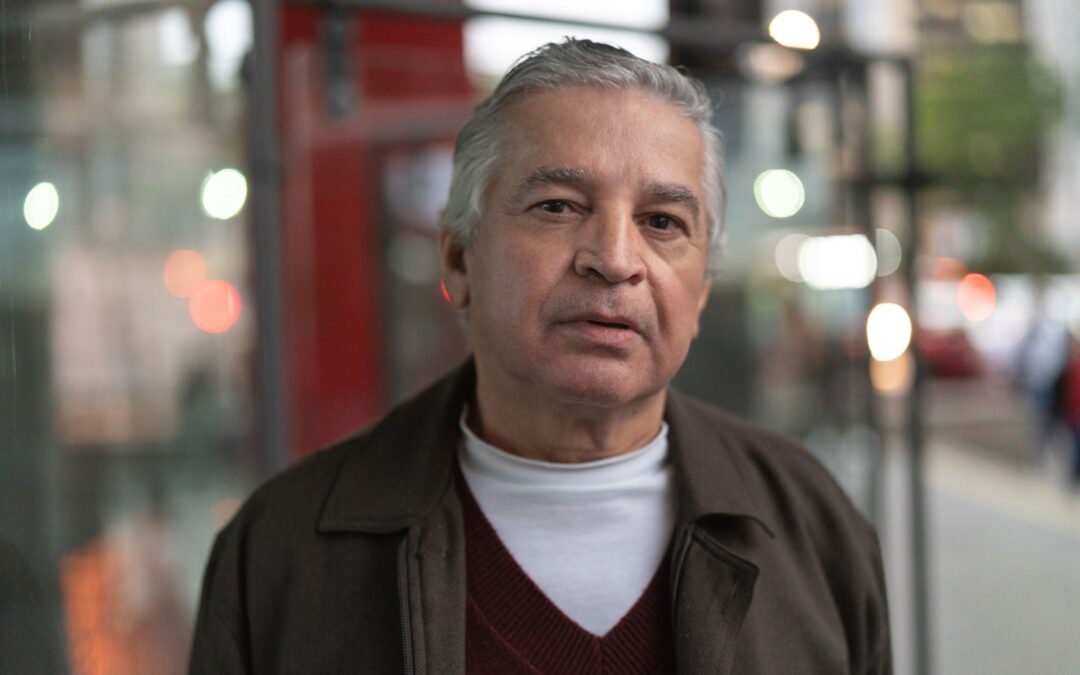
The Convergence of Gaming and Gambling
A major concern when it comes to youth addiction to gambling is the convergence of gaming and gambling. Many games now include gambling features and many gambling activities have gaming-like features.
Games that include gambling-like features are most concerning. Unfortunately, these gaming sites are both very accessible and unregulated. They include social casino gambling, which is considered gambling without risking money. However, these sites typically include virtual currency, and thus can be seen as a “training ground” for future gambling with real money when participants are of age.
An example of gambling-like gaming is a video game that features mini-games one can bet on in a simulated casino. There are also many opportunities to participate in social casino games through social media.
Another example of “gambling” is a video game that features loot boxes, where players can spend money for access to unknown game features. According to Gambling Research Exchange Ontario, free gambling-like games are now more popular than online gambling for money. In recent years, there has also been an increase in the number of people who bet on different outcomes of video games.
Studies show that young adults and adults who are exposed to these types of games may be more likely to develop gambling problems.
Electronic gaming machines (EGMs) are gambling devices that offer a variety of games. They may have the same theme as popular television game shows. EGMs are found at casinos, on cruise boats, at racetracks, at local bars, and even at corner stores. EGMs may have an element of skill or a feature that makes it seem that skill plays a role. Researchers believe that features such as these help to attract young participants and keep them gambling.
Today’s youth are the first generation to grow up with electronic gambling, such as video poker and video slots. Electronic gambling is considered to be the most addictive type of gambling because games can be played rapidly, there’s easy access to money (through credit cards), the activity takes place in isolation and there is no potential for human intervention to monitor the gambler’s behavior.
Evidence shows that the age group most affected by gaming disorder is adults between the ages of 25-40. However, given that this is a relatively new platform and online access is far more readily available today than just ten years ago, monitoring minors’ activities in gaming and creating appropriate prevention messaging will be important.
Children and teens have little awareness that regularly partaking in these types of activities may lead to problem gambling issues later in life. In fact, most individuals, whether minors or adults, have little awareness that these unregulated sites are, in fact, designed to be more predatory than regulated sites.



